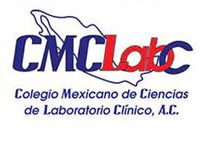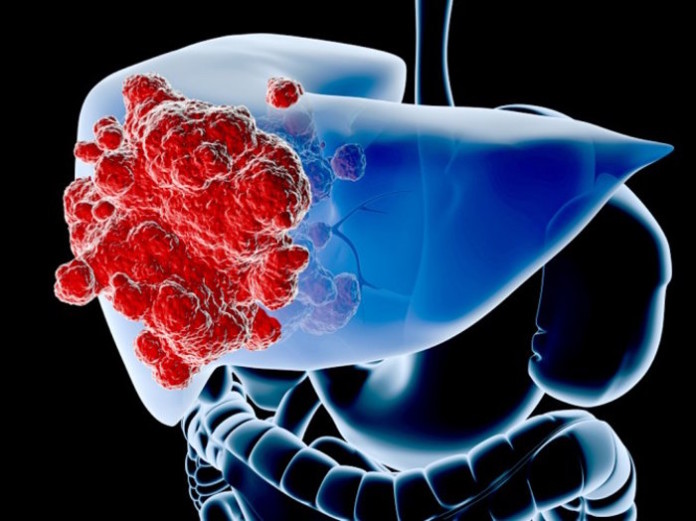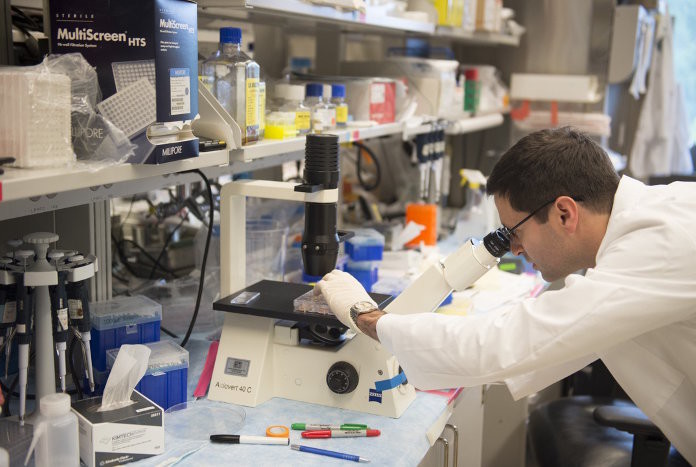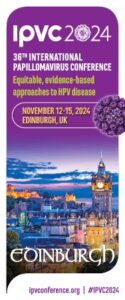Development of the test is described in the journal Blood, published in print on Thursday June 09, 2016.
Around three million people worldwide have a rare bleeding or clotting disorder. These diseases are caused by small changes in people’s genes and may be passed on from parents to children. The most familiar and best understood example is the bleeding disorder haemophilia, caused by changes in two clotting genes; however, dozens of other bleeding and platelet genes are known and many remain to be discovered.
Understanding the genetic causes of these diseases helps NHS doctors and nurses to provide better treatments to patients and to provide patients and their families with information predicting the likely development of the disease. A speedy diagnosis is essential to identify affected relatives and to provide support, advice and treatments that will improve a patient’s quality of life and prevent medical emergencies.
“This is great news for NHS patients that, through the work the National Institute of Health Research has done to bring together leading researchers to create better and cheaper diagnostic tests, patients will now get the information they need about the causes of blood diseases,” said the UK’s Minister for Life Sciences, George Freeman, MP.
“Through our commitment to investing £1bn [$1.45bn] every year in the National Institute of Health Research during this Parliament, we’re funding world class medical breakthroughs which can improve patient outcomes and help avoid unnecessary NHS treatment costs.”
Dr Kate Downes from Cambridge University leads the team responsible for facilitating the transfer of the discoveries into clinical practice in the NHS.
“It’s a real privilege that the efforts of my team are providing faster diagnoses to patients by bringing state-of-the-art DNA sequencing technology to the bedside,” said Dr Downes.
“This is an example of how genome science will pave the way for a revolution in medicine that will allow each patient to receive the best possible care tailored to his or her medical needs.”
In the past, the discovery of new genetic changes causing rare diseases did not immediately result in better tests for NHS patients. The cost and time it took to read our genetic code made it impossible to bring better tests to the frontline. With new genetic technologies, more powerful computer analysis and the use of universal descriptions of disease symptoms, this is no longer the case.
“It was intriguing to observe that the symptoms of hundreds of patients with rare disorders of the blood were very diverse and spanned many parts of the body beyond the blood system,” said Dr Ernest Turro, Chief Analyst for the NIHR BioResource at the University of Cambridge and Medical Research Council Biostatistics Unit.
“We had to develop new computer methods to find commonalities between different patients who also shared particular genetic changes. In one example, bringing information together from three families uncovered a genetic link between very big platelets and deafness.”
In the studies published today, researchers working with the National Institute of Health Research (NIHR) and Illumina Cambridge sequenced the genomes of 5,000 patients. The results and the assessment by the treating clinicians were recorded systematically in a computer database. Researchers then applied mathematical and computational approaches to search for variants present in patients’ genomes, but absent from or rare in the general population, that might explain the patients’ symptoms.
Professor John Bradley, a kidney doctor at Cambridge University Hospitals, worked with colleagues across the NHS and overseas to develop a structure for the safe sharing of all this information obtained from patients’ DNA and from their clinical notes.
“Without the NIHR BioResource-Rare Diseases it would never have been possible to make these important discoveries,” explained Professor Bradley.
“I am proud of what the hundreds of doctors and nurses have achieved by working together with patients across the NHS and similar teams in other European countries and the United States. Their work on the tiny cells named platelets is relevant also to patients with fragile bones and possibly even those with heart rhythm problems.”
The developments are a prime example of collaborative genome science. The researchers at Cambridge University Hospitals and NHS Blood and Transplant work hand-in-glove with their colleagues at UCL (University College London) and the Katherine Dormandy Haemophilia and Thrombosis Centre (KD:HT) at the Royal Free London NHS Trust in North London. Teams of computer experts are working with nurses, doctors, patients and their close relatives, as well as with researchers in laboratories, to deliver affordable new blood tests and to use the new knowledge learned about the role of genes in rare diseases.
“In the past four weeks, we have marked ten years of collaborative work in the UK through the National Institute for Health Research,” says Professor Amit Nathwani, Professor of Haematology, UCL Cancer Institute. “These immense improvements in the care of NHS patients could not have been achieved without the National Institute for Health Research, which brings patients together with the best teams of researchers.
“Dr Keith Gomez, from my team, is now leading the introduction of the new DNA test across all NHS hospitals, resulting in tangible patient benefit. This programme is an excellent example of how the NIHR platform enables the best universities in the country to work together, thus accelerating improvements in the care we provide to NHS patients.”
The research team believe that their work was rapidly translated into clinical application because the global community grasped this opportunity to improve diagnosis for patients.
Alongside the new better, faster and cheaper diagnosis sits a hope for better treatment. Leading researchers such as Professor Nathwani are inviting patients to join pioneering studies that can bring long-lasting treatments or even cures for certain rare diseases of the blood.
Identifying genes that cause rare bleeding or clotting disorders will help patients not only with these diseases. A better understanding of the genes involved in platelets will help researchers investigating much more common life-threatening events involving such as heart attacks and strokes.
Source: Eurekalert































































